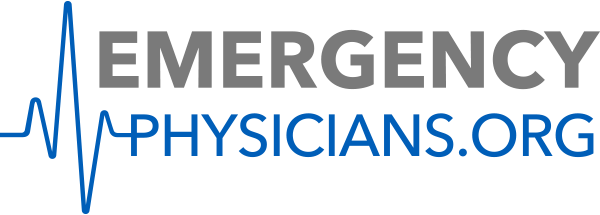Drug shortages are common across medical specialties, however, shortages in emergency medicine are particularly serious. Patients may not have the option to wait weeks or months for available medicines when they need to be treated in minutes. Unfortunately, the medicines in shortage are not obscure.
Often, they include items like saline solution that goes into an IV or other injectable medications that are relied on every day and in some cases may not have a substitute.
According to a recent survey from the American College of Emergency Physicians, nine out of 10 emergency physicians had experienced a drug shortage sometime within the past month, and nearly 70 percent found that drug shortages in their emergency department significantly increased over the last year.
At the urging of ACEP and others, the Food and Drug Administration (FDA) convened a shortages task force which resulted in a 2019 report, “Drug Shortages: Root Causes and Potential Solutions.”
The report touches on several ACEP priorities, including the need to provide greater transparency to ensure adequate competition in the marketplace, and better supply chain monitoring and response to guarantee the availability of lifesaving emergency medications.
The report provides a solid foundation to inform ACEP’s continued work with the FDA and Congress on this important issue.
Emergency physicians will continue working with the FDA, members of Congress, drug supply chain partners and others to address systemic challenges and identify solutions to shortages so that patients can get the medicines they need, especially in an emergency.
 American College of Emergency Physicians
American College of Emergency Physicians







